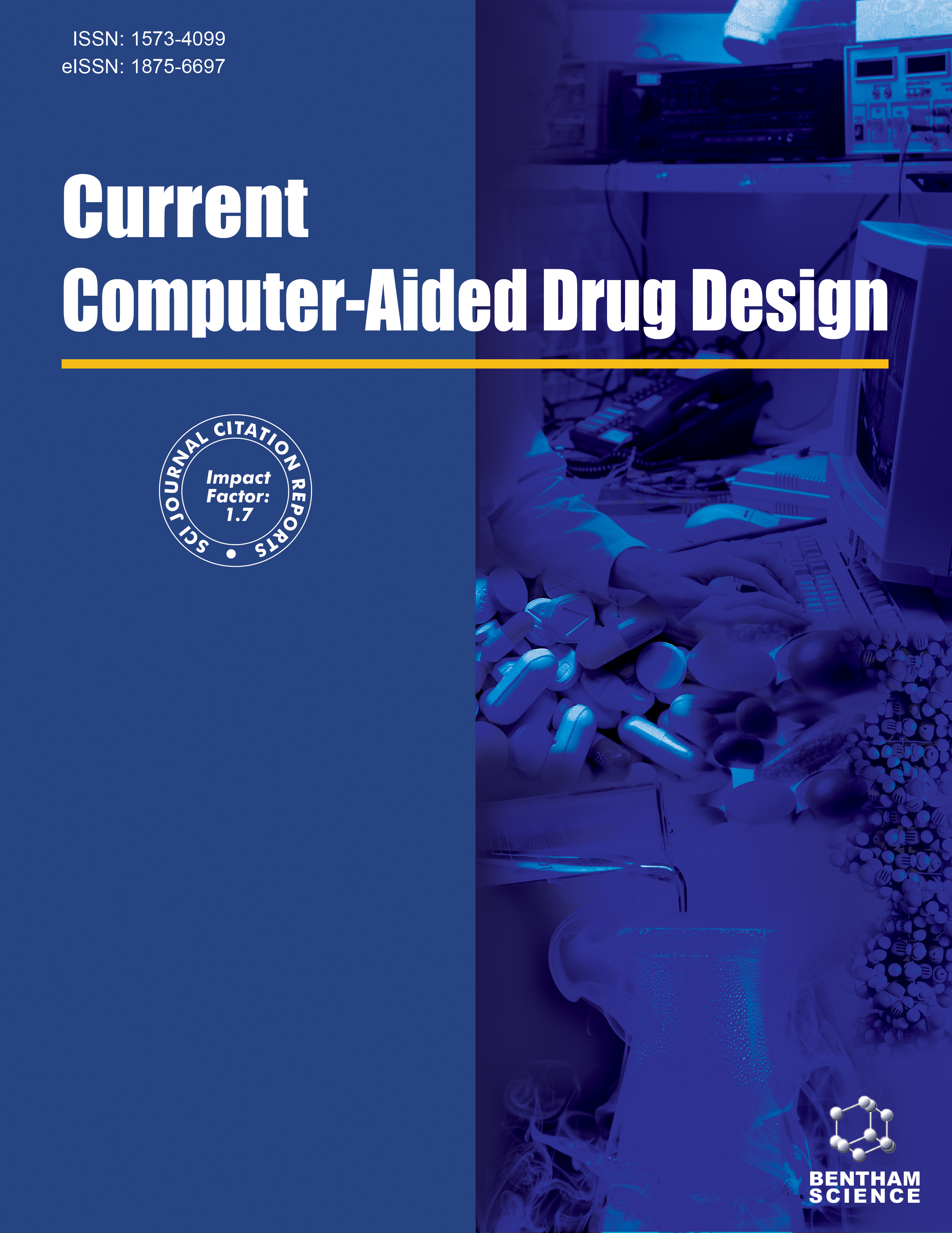
Full text loading...
Alzheimer's disease is a type of dementia that affects neuronal function, leading to a decline in cognitive functions. Serotonin-6 (5HT6) receptors are implicated in the etiology of neurological diseases. 5HT6 receptor antagonists act as anti-dementia agents. PDB ID: 7YS6 represents a membrane protein, and amplification and overexpression of this protein are associated with Alzheimer's disease. Coumarin-fused phenothiazines are significant anti-Alzheimer's agents due to their inhibitory activity on the Serotonin-6 receptor.
Numerous previously unreported Coumarin-substituted Phenothiazines [A2 to A50] were designed using in-silico methods to evaluate their 5HT6 receptor antagonistic activity. Molecular modeling techniques were employed to study the ligands [A2 to A50] in interaction with the Serotonin-6 receptor (PDB ID: 7YS6) using Schrödinger Suite 2019-4.
Molecular modeling studies of the designed ligands [A2 to A50] were conducted using the Glide module. In-silico ADMET screening was performed using the QikProp module, and binding free energy calculations were carried out using the Prime MM-GBSA module within the Schrödinger Suite. The binding affinity of the designed ligands [A2 to A50] towards 5HT6 receptors was determined based on Glide scores. Subsequently, ligand A31 underwent a 100 ns molecular dynamics simulation using the Desmond module of Schrödinger Suite 2020-1, which is based in New York, NY.
The majority of the designed ligands exhibited strong hydrogen bonding interactions and hydrophobic associations with the serotonin-6 receptor, which hinder its activity. These ligands achieved remarkable Glide scores within the range of -4.2859 to -7.7128, in comparison to reference standards such as Idalopirdine (-7.78149), Intepirdine (-5.20103), Latrepirdine (-5.54853), and the co-crystallized ligand (-7.02889). In-silico ADMET properties for these ligands fell within the recommended values for drug-likeness. It is worth noting that the MM-GBSA binding free energy of the most potent inhibitor was positive, indicating a strong binding interaction. Additionally, the dynamic behavior of the protein (7YS6)-ligand (A31) complex was studied by subjecting ligand A31 to a 100 ns molecular dynamics simulation.
The results of this study reveal strong evidence supporting the potential of coumarin-substituted phenothiazine derivatives as effective Serotonin-6 receptor antagonists. Ligands [A2 to A50], which exhibited noteworthy Glide scores, hold promise for significant anti-Alzheimer activity. Further in-vitro and in-vivo investigations are warranted to explore and confirm their therapeutic potential.

Article metrics loading...

Full text loading...
References


Data & Media loading...

